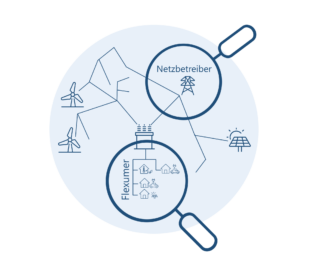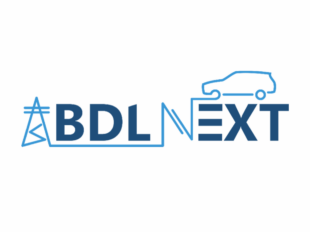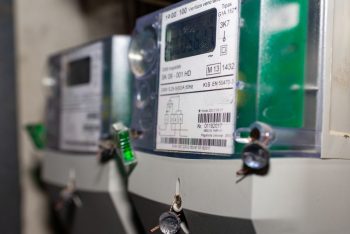Grids
What tools are available to grid operators?
In addition to the increased load on the power grids, the energy transition is also changing the organizational structure for operating the grids. In the future, renewable generation plants will have to take over the tasks of conventional power plants in grid and system services. As a result, significantly more plants will be integrated into the systems and coordinated than in the past. In addition, the division of tasks between the grid operators will change and cooperation will intensify! Therefore, new mechanisms and tools will be necessary for grid operation in the future.
Specifically, we consider the following questions:
- How will the tasks of grid operators change due to the energy transition?
- What is the DSO 2.0?
- How can system stability and grid security be guaranteed in the future?
- How should future-proof network congestion management be designed?











